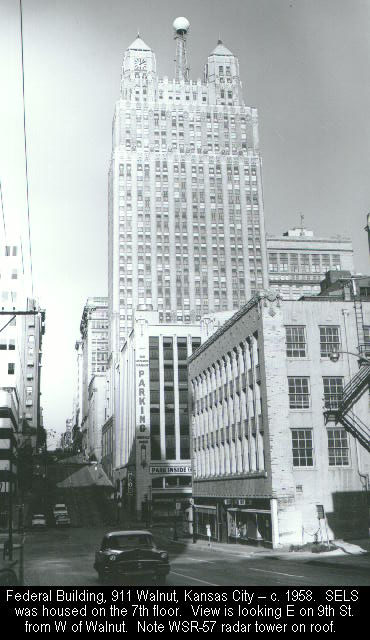Jeremy Miller
EF0
This question is toward those who've worked in or who are working
in a NWS office or if any of the members here can answer these for me.
I'd truely appreciate it.
I remember what I wanted to ask of the forum last time in my previous
post. Do NWSFO's still use the PUP's display's for viewing wsr data?, or do they just use the AWIPS short-term terminals for this and I am not sure if I have heard this from somewhere or if I was thinking of it. If the doppler is displayed on the AWIPS terminal if the doppler detects a TVS or whatever threshold that is set, would it automatically issue a warning through a certain program?. Or is it all personel driven?, ie: having to go into warngen and issue the warning from there manually?.
My second question is about the wsr-74 ( I believe that is what the nws ran before going to the 88-D units), did these systems have the live sweep?. was there a color display with those units and how much antennuation(sp) was there compared to the 88-D and lastly, why do
the TV (privately operated) doppler radars use live sweep, when wsr-88D
I believe doesnt have the live sweep mode (please correct me if im wrong). I know "why" the media uses the live sweep, for appealing
weathercasts.
Well those were my questions. That I couldnt remember in my previous post. Again, I want to present myself as a serious scientific based person and not someone that bring's up event's that are hard to investigate scientifically.
thanks,
Jeremy
in a NWS office or if any of the members here can answer these for me.
I'd truely appreciate it.
I remember what I wanted to ask of the forum last time in my previous
post. Do NWSFO's still use the PUP's display's for viewing wsr data?, or do they just use the AWIPS short-term terminals for this and I am not sure if I have heard this from somewhere or if I was thinking of it. If the doppler is displayed on the AWIPS terminal if the doppler detects a TVS or whatever threshold that is set, would it automatically issue a warning through a certain program?. Or is it all personel driven?, ie: having to go into warngen and issue the warning from there manually?.
My second question is about the wsr-74 ( I believe that is what the nws ran before going to the 88-D units), did these systems have the live sweep?. was there a color display with those units and how much antennuation(sp) was there compared to the 88-D and lastly, why do
the TV (privately operated) doppler radars use live sweep, when wsr-88D
I believe doesnt have the live sweep mode (please correct me if im wrong). I know "why" the media uses the live sweep, for appealing
weathercasts.
Well those were my questions. That I couldnt remember in my previous post. Again, I want to present myself as a serious scientific based person and not someone that bring's up event's that are hard to investigate scientifically.
thanks,
Jeremy




